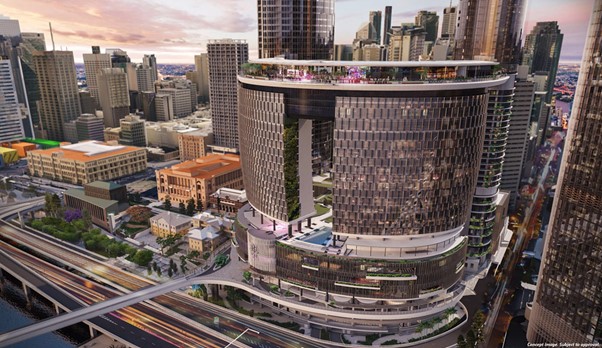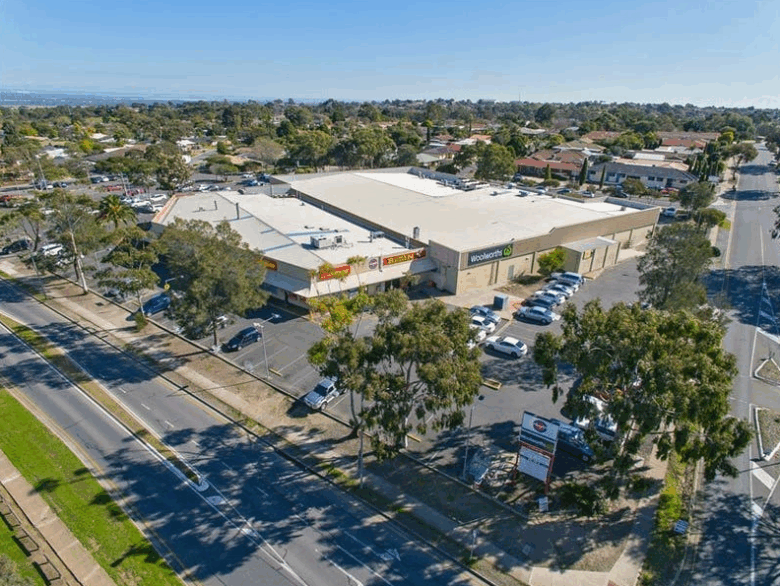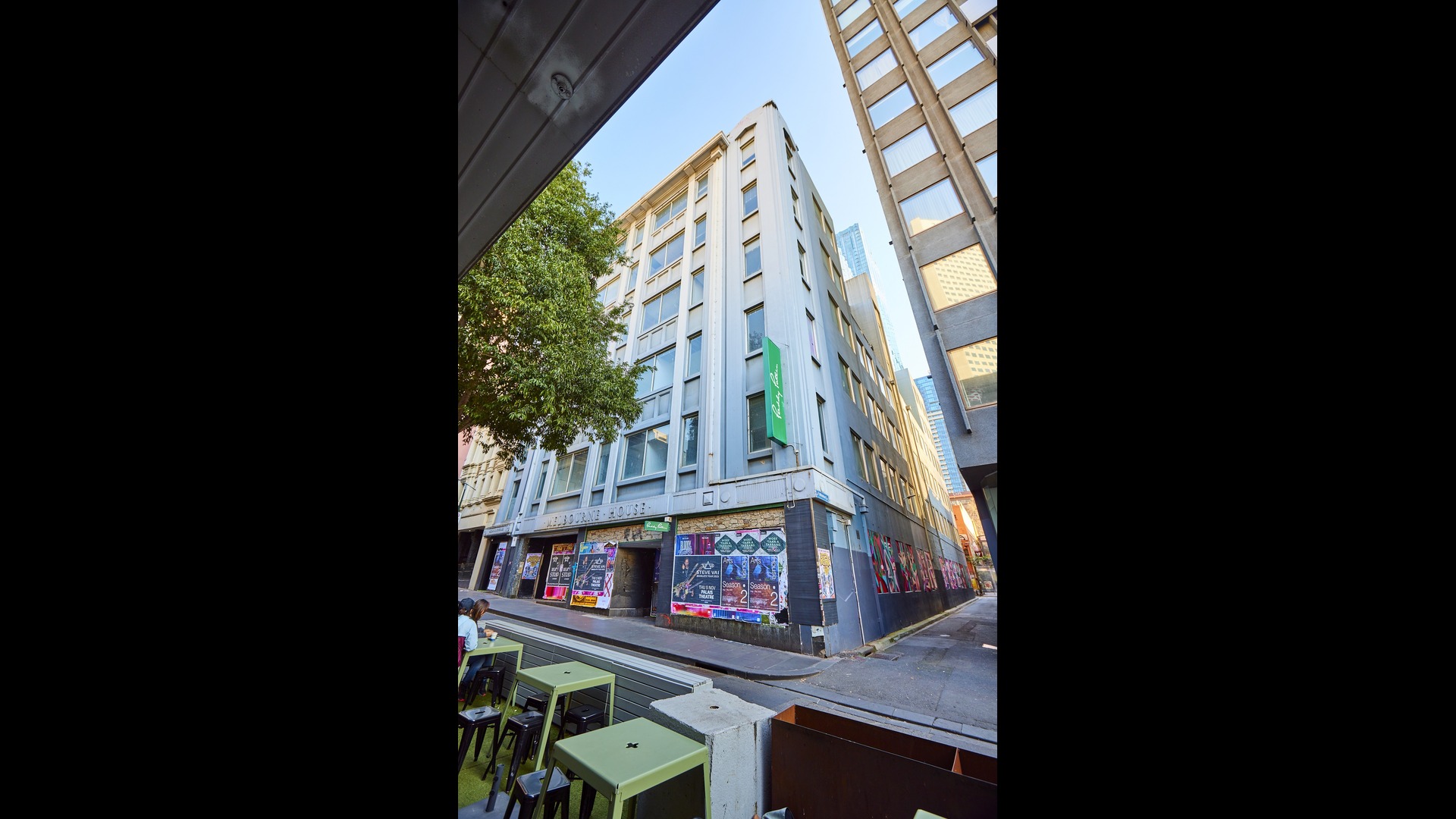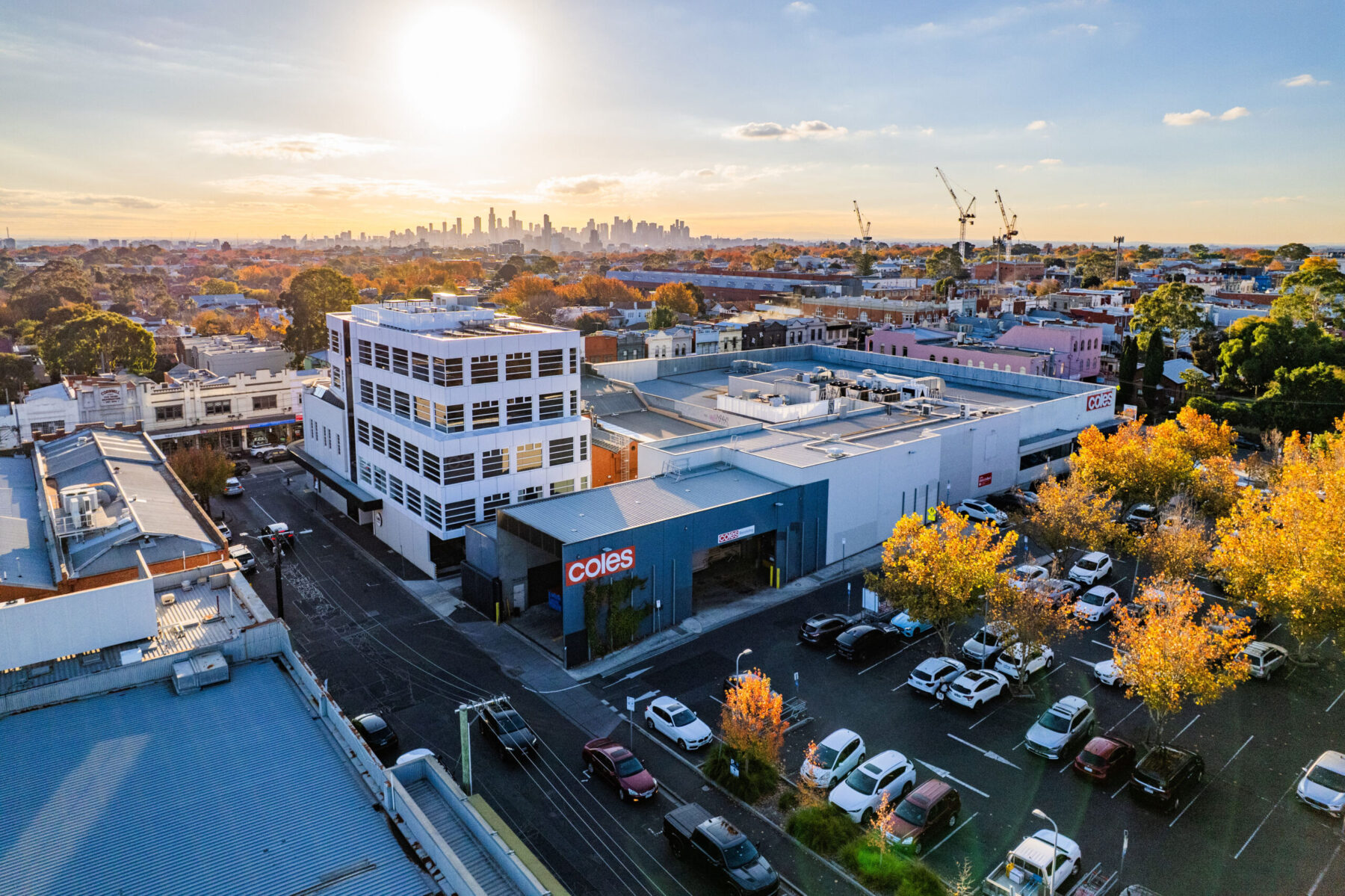
As the dust settles on what has been a volatile few years for the Australian retail market, a new landscape has formed in Brisbane. Whilst widespread lockdowns were felt around the country, Queensland was largely undisrupted due to hard border closures and a more conservative approach in comparison to other states.
Brisbane has often lived in the shadows when compared to the likes of Sydney and Melbourne, however, in recent years the city has started to shake off that persona and become a real contender for one of the world’s most liveable, culturally diverse, and progressive cities that is bursting with economic activity.
According to the Australian Bureau of Statistics, between January 1st 2020 to March 2021, Queensland accounted for 28% of Australia’s interstate migration, the highest level for this period. Net migration totalled 37,053 people, which for context is +28% higher than the same period in 2019, and +93% higher than 2018. In the year to December-21, Brisbane’s population grew +0.9% whilst Sydney and Melbourne saw declines of (0.1%) and (1.2%) respectively.
Supporting this growth is Brisbane’s housing affordability, especially when compared to other major capital cities. CoreLogics June-22 Home Value Index showed the average median dwelling price is Brisbane is $784,826; being 29.3% less than the average dwelling price in Sydney and 1.7% less than Melbourne. Increased demand in Brisbane has seen the median house price increase 25.6% on an annual basis, almost three times higher than the national average for capital cities of 8.7%.
According to the 2021 Census, Queensland has an average household income of $1,675 per week; being (8.4%) below New South Wales and (4.8%) below Victoria. Wage growth in Queensland to March-22 was +2.51%, above the national average of +2.35%.
This data when combined with interstate migration numbers, suggests that the allure of affordable housing coupled with strong personal income prospects is driving Australian’s north to the Sunshine State.
With a growing population and changing demographic, the outlook for Brisbane retail market is well placed. Increased consumer appetite for physical shopping experiences, particularly high-end luxury retail, and restaurant dining has supported Colliers Research showing that CBD gross face rents have stabilised following the impacts of 2020, growing on an annual basis of +4.1% to June-22. CBD Retail Leasing expert Ishbel Jones commented “Demand for premium restaurant space is extremely strong at the moment, this is evident by the significant interest showed (over 100 enquiries received in just 3 weeks) in the most recent campaign for two new F&B venues on Kangaroo Point Green Bridge.”
Looking forward, we see this increased demand continuing to support rental growth into 2023; reinforced by footfall normalising to 90% of pre-pandemic levels, occupancy rates at 92% and the occupancy within CBD office buildings being the second highest in Australia at 64%.
Brisbane has shaken off previous stereotypes and transformed to becoming a chic and contemporary city thanks to the bespoke retail and dining offerings on fringe precincts such as James Street, Fortitude Valley and Southbank.
Investment in the Queensland retail market has also reflected the confidence in the market, with $1.26bn in transactions on a year to date basis for 2022; representing 43% of all retail transactions Australia wide.
Strong investment levels are underpinned by $428m across 11 transactions in the Neighbourhood Centre market, as these assets continue to seek investment thanks to their exposure to non-discretionary retail and strong presence within their catchments.
The transaction of the West Village retail precinct for $202m at a quoted yield of 4.98% shows the demand in urban renewal projects on the fringe of the CBD that offer a blend of convenience retail, fresh food, and boutique dining experiences.
The outlook for Brisbane retail is well placed as the city continues to transform through ongoing and future investment, as it takes a holistic approach to activating the city in the lead up to the 2032 Olympic Games.
At the heart of this lays the redevelopment of the Eagle Street Pier; which includes two new office towers, a revamped Riverwalk and 9,000 square metres of sprawling public space along the river. This will bring an array of new hospitality venues into the city as well as large public plazas opening out to the river- connecting to the upgrades being made to the Botanic Gardens riverwalk and Kangaroo Point Green Bridge.
The new Star Casino precinct, located at Queen’s Wharf on a regenerated and previously underused riverside site; will bring four luxury hotel brands to the Brisbane CBD, including The Ritz-Carlton and Rosewood Hotel. Expected to open in the first half of 2023, this integrated resort will be a game-changer, creating a vibrant new tourism playground within the CBD and putting Brisbane on the global map. The precinct will feature 50 new restaurants, cafes and bars and will be culminated with an alluring elevated Sky Deck open to the public and positioned 100 metres above William Street, offering spectacular 360-degree views of the river and city. Ms Jones comments that “Luxury brands in and around Queens Plaza are doubling down, additional stores and brands have signed on to the new Queens Casino opening mid next year.”
Supporting the new development activity is the Brisbane Metro and Cross River Rail network; with the new Albert Street Station set to be the first CBD train station built in 120 years. This will enhance future retail growth in this area, as it serves as a pedestrian feeder point to QUT’s Garden Point Campus and to Queens Wharf. The Brisbane Metro service will operate 24 hours a day on weekends, centring around the night-time economy of restaurants, bars and dining within the CBD.
It is without doubt that Brisbane is well positioned to continue a transformation over the coming decade, with retail set to play a large role in enhancing it as a vibrant destination for both locals and tourists. Continued investment in the city will only bode well for the future.



